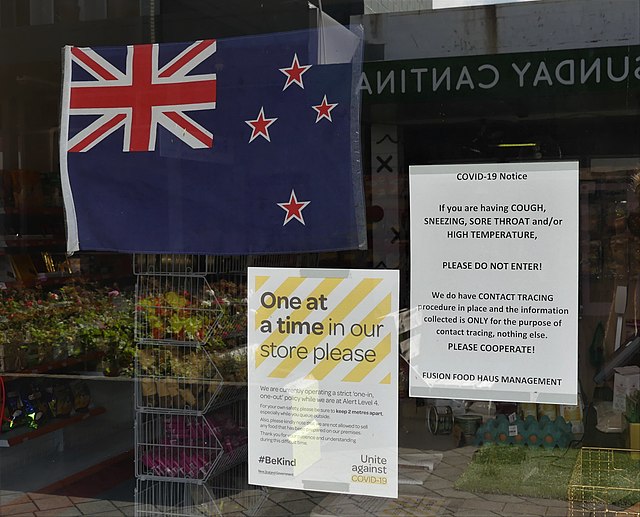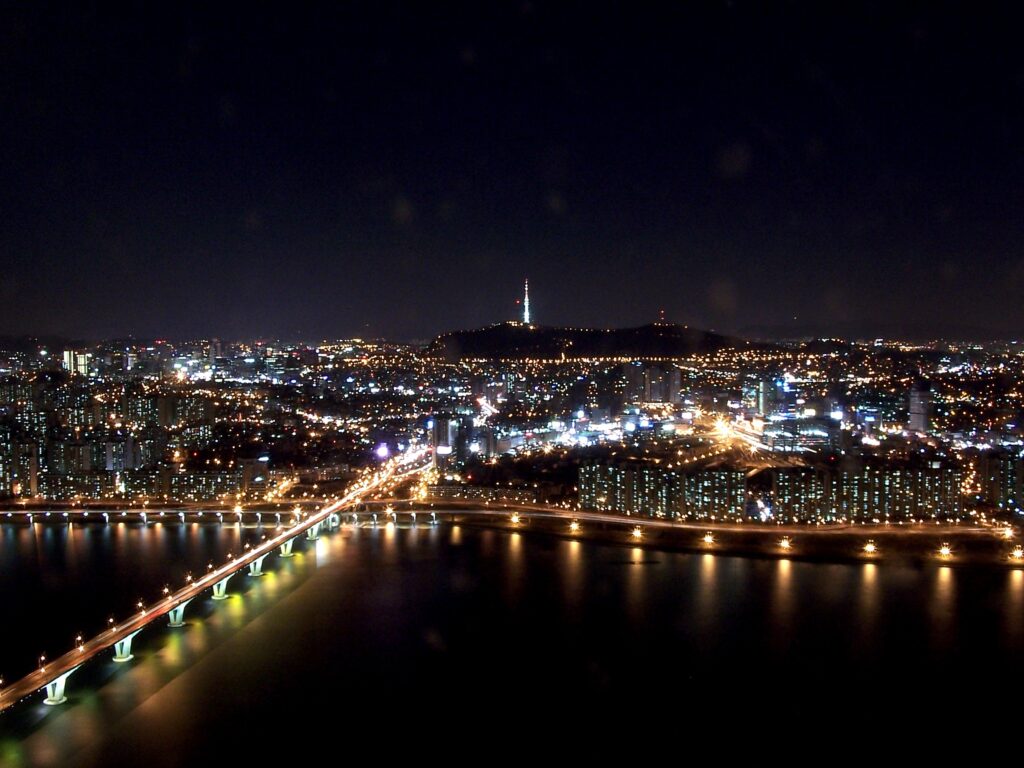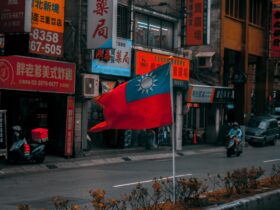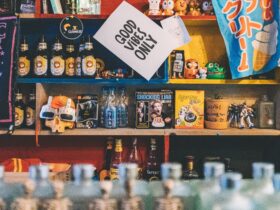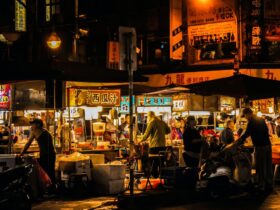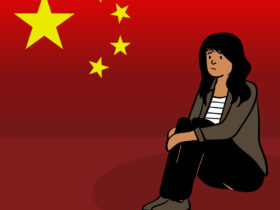LOS ANGELES — After an excruciatingly long year of battling the coronavirus pandemic, the United States has still not returned to pre-pandemic normalcy, with COVID-19 dominating the country’s political, social and economic culture. However, across the Pacific, in New Zealand, the situation looks dramatically different.
For almost five million New Zealanders, life as it once was has largely returned, due in large part to the country’s success in containing the spread of COVID-19 — a feat that has garnered international recognition and admiration With a total of just 2,470 cases since the start of the pandemic and only 26 deaths, New Zealand only sees a handful of positive tests daily — if any at all.
To put this into perspective, New Zealand has had approximately five deaths per million people, while the United States has had approximately 1,712 deaths per million people. These low numbers are largely attributable to the firm and immediate action from New Zealand’s government, along with a geographically spread out population and lanscape.
The secret to New Zealand’s impressively low numbers is, actually, no secret at all; the country effectively utilized “speedy tracking systems, border closures and snap lockdowns” to stop the spread of the virus. Prime Minister Jacinda Ardern acted swiftly when enacting strict mandates, such as stay-at-home orders, cancellation of all public gatherings, closings of schools and businesses, and a near total travel ban in order to best contain the spread of COVID-19. The people of New Zealand willingly followed these orders from Arden, allowing for the country to significantly flatten the curve of the virus early on. Essentially, by initially giving up certain freedoms, the citizens of New Zealand have regained more freedom than most during this long lasting pandemic.
Arden was able to pull off this high level of compliance by framing the pandemic response as a communal effort, often referring to the country’s small population as “our team of five million.” New Zealand journalist Sarah Robson attributes Arden’s success to the administration’s clear and open communication style: “From the outset [Director-General of Health Ashley Bloomfield] has carefully and calmly communicated many complex health issues around Covid-19 paving the way for government decisions.”
And currently, more than a year into the pandemic, New Zealand has experienced several additional lockdowns — and according to the BBC, the country has been successful in galvanizing its citizens to agree to orders within days of them being announced.
Following the rapid spread of COVID-19 in the United States, Sydney Goodstone, a sophomore majoring in communications, decided to take the school year off, leave her home state of Georgia, where she had been quarantining, and move to New Zealand. While Goodstone appreciated the quality time spent with family during quarantine, she grew tired of online school which proved to negatively affect her mental health. The USC student decided on New Zealand because she had extended family as well as close friends there.
After spending four months in quarantine in the United States, Goodstone described her life in New Zealand as “freeing and uplifting,” a stark contrast to the then-state of affairs in the United States. She has done just about everything that currently seems impossible in many other countries, such as attending crowded rugby games, going to music festivals, enjoying wine tours, and more. This is nearly unimaginable for the United States, where popular entertainment venues like Broadway theaters have remained closed throughout the pandemic, with only tentative plans to reopen in a limited capacity at the end of the summer.
“I’ve been able to live life without being behind a mask,” Goodstone said.
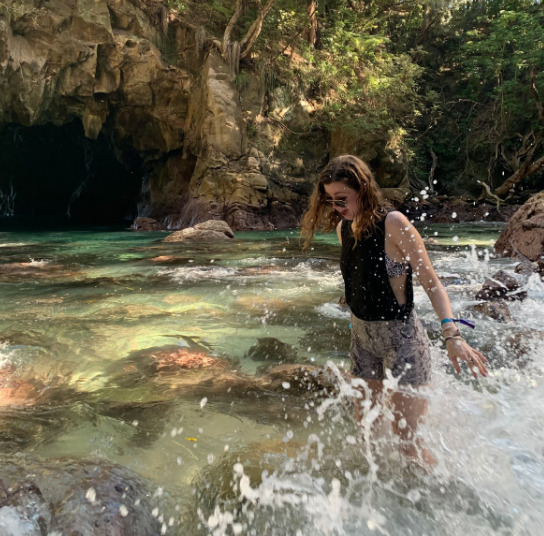
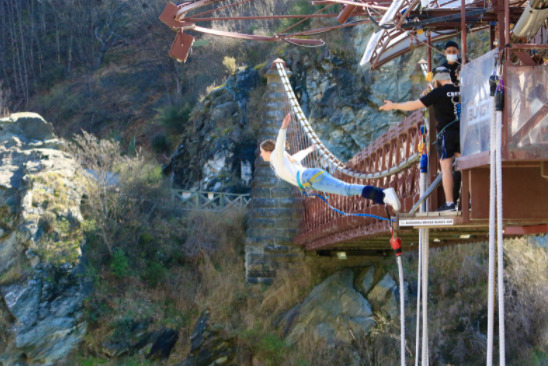

Goodstone has completely embraced her time in New Zealand, traveling throughout the country. Currently, she is on a six-week long road trip with friends, exploring the South Island in New Zealand. From cliff diving in Charleston to bungee jumping in Queenstown, Goodstone has made the most of her year off from USC.
“I’ve definitely made my way around the country and have been very lucky to be able to do so,” she said. “It just feels like life again.”
While certain areas of the country have had to go into various lockdowns due to minor outbreaks, the willingness of the community to participate in these lockdowns was “remarkable” to Goodstone, especially when compared to the United States. Last month, there was a small cluster of positive cases in Auckland that led to a seven-day lockdown that effectively contained further infection in the area.
This method of containing the virus is vastly different from many parts of the United States.
While Auckland went on lockdown after only a few positive tests, Texas has removed its mask mandate entirely and allowed businesses to open at full capacity in spite of thousands of positive tests daily. Texas, along with Iowa, Mississippi, Montana, North Dakota and Wyoming, will now be living similarly to New Zealand except the spread of COVID-19 is nowhere near contained.
Regarding New Zealanders’ perception of how the United States is handling the pandemic, Goodstone says that her home country has been a near-laughing stock abroad.
“Most people think it’s been an absolute joke,” she said. “They have found it somewhat of a spectacle to watch from afar.”
Studies by the Pew Research Center support Goodstone’s observations. In several places, including the United Kingdom, France, Germany and Japan, the percentage of the public with favorable views toward the United States is the lowest it has been in nearly 20 years.
The United States is ahead of New Zealand in one aspect of combatting COVID-19: vaccine distribution. According to The New York Times, 26% of the U.S. population is partially vaccinated, and 14% is fully vaccinated. If vaccine distribution continues at this same rate, 90% should be vaccinated by the end of July.
On the other hand, New Zealand has just recently begun distributing vaccines, starting with border and healthcare workers. Within the last few days, high-risk frontline workers and people living in high-risk places are able to get vaccinated too. Despite starting later than the United States, New Zealand also plans to fully distribute vaccines to the population by July.
While New Zealanders have mostly returned to life as normal, after their vaccine rollout is completed, the country will be fully operational, having lost very few lives to the pandemic. With more vaccines being distributed everyday at a global level, the rest of the world will soon be reminded of what life was like before COVID-19. And New Zealand will likely emerge from this time as a victor in the crisis.


